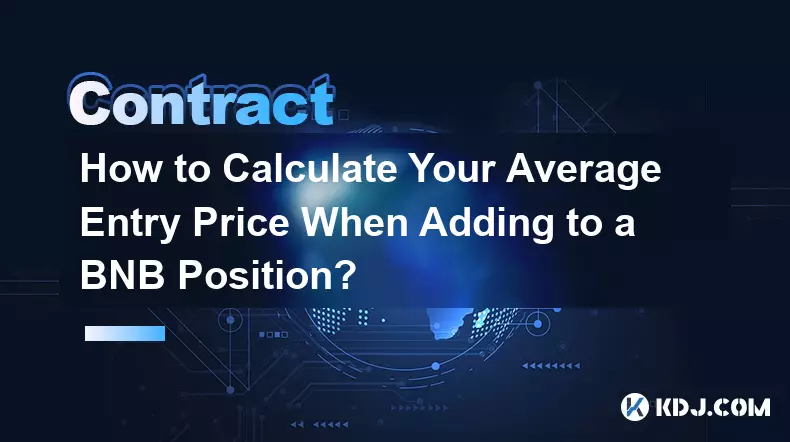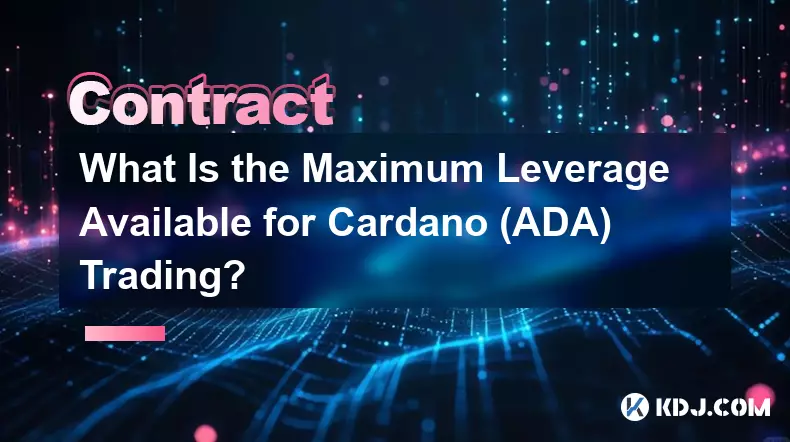-
 bitcoin
bitcoin $112139.774561 USD
-1.82% -
 ethereum
ethereum $3970.329568 USD
-3.85% -
 tether
tether $1.000078 USD
0.01% -
 xrp
xrp $2.611653 USD
-1.08% -
 bnb
bnb $1099.982737 USD
-3.67% -
 solana
solana $193.702075 USD
-3.33% -
 usd-coin
usd-coin $0.999832 USD
0.00% -
 dogecoin
dogecoin $0.193302 USD
-3.68% -
 tron
tron $0.294800 USD
-1.45% -
 cardano
cardano $0.642524 USD
-3.89% -
 hyperliquid
hyperliquid $47.524848 USD
1.27% -
 chainlink
chainlink $17.842256 USD
-2.41% -
 bitcoin-cash
bitcoin-cash $561.265025 USD
1.01% -
 stellar
stellar $0.317292 USD
-2.07% -
 ethena-usde
ethena-usde $0.999303 USD
0.01%
How do I properly short ETH contracts to profit from a price drop?
Shorting ETH involves betting on price declines via futures, options, or synthetic assets, with risks managed through leverage control, stop-losses, and market sentiment analysis.
Oct 24, 2025 at 02:18 am

Understanding ETH Shorting Mechanics
1. Shorting Ethereum involves borrowing ETH or using derivatives to bet on a price decline. Traders open a position by selling an asset they do not own, expecting to buy it back at a lower price later.
2. The most common way to short ETH is through futures contracts offered on centralized exchanges like Binance, Bybit, or OKX. These platforms allow traders to go short with leverage, amplifying both potential gains and risks.
3. Another method is using perpetual swaps, which are similar to futures but have no expiration date. Funding rates ensure the contract price stays close to the spot price, making them ideal for extended bearish positions.
4. Options contracts also enable shorting strategies. Buying put options gives the right to sell ETH at a predetermined price, limiting risk to the premium paid while offering high reward potential if the market drops sharply.
5. Decentralized protocols such as Synthetix or dYdX offer synthetic assets that track ETH’s price. Users can mint inverse synths (like iETH) that increase in value when ETH decreases, enabling non-custodial short exposure.
Risk Management Strategies for Short Positions
1. Leverage increases profit potential but also accelerates liquidation risk. Using 5x or 10x leverage instead of maximum available levels helps withstand volatility without being wiped out prematurely.
2. Setting stop-loss orders above key resistance levels prevents catastrophic losses if the market reverses unexpectedly. Automated exits protect capital during sudden pump events or whale movements.
3. Monitoring open interest and funding rates provides insight into market sentiment. Extremely negative funding indicates overcrowded shorts, increasing the likelihood of a short squeeze.
4. Diversifying entry points rather than deploying all capital at once reduces timing risk. Scaling into a short position over multiple entries smooths the average entry price.
5. Keeping sufficient collateral in the trading account avoids margin calls. Volatile markets often trigger rapid price swings that can deplete undercollateralized positions within seconds.
Technical Indicators to Time Your Short Entry
1. A break below major support levels on high volume confirms bearish momentum. Chart patterns such as head and shoulders or descending triangles signal potential downtrends suitable for short setups.
2. Moving averages help identify trend direction. When the 50-day MA crosses below the 200-day MA (a death cross), it historically precedes prolonged downward movement in ETH.
3. Relative Strength Index (RSI) readings above 70 indicate overbought conditions, increasing the probability of a pullback. Combining RSI with declining volume strengthens the short signal.
4. On-chain metrics like exchange inflows and realized profit/loss ratios add context. High inflows suggest holders are preparing to sell, while elevated realized loss zones show capitulation areas where downside may accelerate.
5. Order book depth analysis reveals imbalances between buy and sell walls. Large liquidation clusters just above current price act as magnets, increasing chances of upward spikes that can trap shorts.
Frequently Asked Questions
What happens if my short position gets liquidated?When your margin falls below the maintenance threshold due to adverse price movement, the exchange automatically closes your position to prevent further losses. You lose the collateral allocated to that trade, and any remaining balance is returned minus fees.
Can I short ETH without using leverage?Yes. On decentralized platforms like Synthetix, you can mint inverse ETH tokens that gain value as ETH drops. This approach avoids liquidation risk since there’s no borrowed capital involved, though smart contract risk remains.
How do funding rates affect shorting costs?In perpetual markets, short sellers pay longs when funding rates are positive. During strong bullish sentiment, these recurring payments accumulate over time, reducing net profitability even if the price eventually declines.
Is shorting ETH legal and accessible globally?Most major crypto exchanges permit shorting for users outside restricted jurisdictions. However, regulatory status varies—some countries limit derivatives trading or classify certain instruments as securities, impacting availability.
Disclaimer:info@kdj.com
The information provided is not trading advice. kdj.com does not assume any responsibility for any investments made based on the information provided in this article. Cryptocurrencies are highly volatile and it is highly recommended that you invest with caution after thorough research!
If you believe that the content used on this website infringes your copyright, please contact us immediately (info@kdj.com) and we will delete it promptly.
- Essex Post Office, 5p Coins, and King Charles: A Royal Mint Revelation!
- 2025-10-23 10:30:16
- Waymo's Newark Airport AV Tests: Alphabet's AI Gamble Pays Off?
- 2025-10-23 10:30:16
- King Charles 5p Coins: A Royal Flush in Your Pocket?
- 2025-10-23 10:35:18
- Solana, Crypto Advisory, and Forward Industries: A New York Minute on the Future of Finance
- 2025-10-23 08:51:22
- MAGACOIN: Ethereum Whales Dive into the Hottest Presale of 2025
- 2025-10-23 08:51:22
- Kadena's End of the Road? KDA Token Plummets Amid Project Abandonment
- 2025-10-23 08:55:34
Related knowledge

How to Calculate Your Average Entry Price When Adding to a BNB Position?
Oct 28,2025 at 12:24am
Understanding the Concept of Average Entry Price1. The average entry price is a crucial metric for traders who accumulate positions in assets like BNB...

What Is the Maximum Leverage Available for Cardano (ADA) Trading?
Oct 26,2025 at 12:18pm
Understanding Leverage in Cardano (ADA) Trading1. Leverage allows traders to control a larger position using a smaller amount of capital. In the conte...

What Are the Fees Involved in Trading Solana (SOL) Perpetual Swaps?
Oct 26,2025 at 07:36am
Fees Structure in Solana Perpetual Swap Trading1. Trading perpetual swaps on Solana-based decentralized exchanges involves several types of fees that ...

How to Trade Ethereum (ETH) Breakouts with High Leverage Safely?
Oct 26,2025 at 02:19am
Understanding High Leverage in Ethereum Trading1. High leverage allows traders to control large positions with relatively small capital, amplifying bo...

What Is an Insurance Fund in Bitcoin (BTC) Derivatives Trading?
Oct 29,2025 at 08:18am
Understanding the Role of Insurance Funds in BTC Derivatives1. In Bitcoin derivatives trading, an insurance fund acts as a financial backstop designed...

How to Set Multiple Take-Profit Orders for a Single BNB Position?
Oct 27,2025 at 05:00pm
Understanding Multiple Take-Profit Strategies in BNB Trading1. Traders in the cryptocurrency market often seek to maximize gains while minimizing emot...

How to Calculate Your Average Entry Price When Adding to a BNB Position?
Oct 28,2025 at 12:24am
Understanding the Concept of Average Entry Price1. The average entry price is a crucial metric for traders who accumulate positions in assets like BNB...

What Is the Maximum Leverage Available for Cardano (ADA) Trading?
Oct 26,2025 at 12:18pm
Understanding Leverage in Cardano (ADA) Trading1. Leverage allows traders to control a larger position using a smaller amount of capital. In the conte...

What Are the Fees Involved in Trading Solana (SOL) Perpetual Swaps?
Oct 26,2025 at 07:36am
Fees Structure in Solana Perpetual Swap Trading1. Trading perpetual swaps on Solana-based decentralized exchanges involves several types of fees that ...

How to Trade Ethereum (ETH) Breakouts with High Leverage Safely?
Oct 26,2025 at 02:19am
Understanding High Leverage in Ethereum Trading1. High leverage allows traders to control large positions with relatively small capital, amplifying bo...

What Is an Insurance Fund in Bitcoin (BTC) Derivatives Trading?
Oct 29,2025 at 08:18am
Understanding the Role of Insurance Funds in BTC Derivatives1. In Bitcoin derivatives trading, an insurance fund acts as a financial backstop designed...

How to Set Multiple Take-Profit Orders for a Single BNB Position?
Oct 27,2025 at 05:00pm
Understanding Multiple Take-Profit Strategies in BNB Trading1. Traders in the cryptocurrency market often seek to maximize gains while minimizing emot...
See all articles










































































